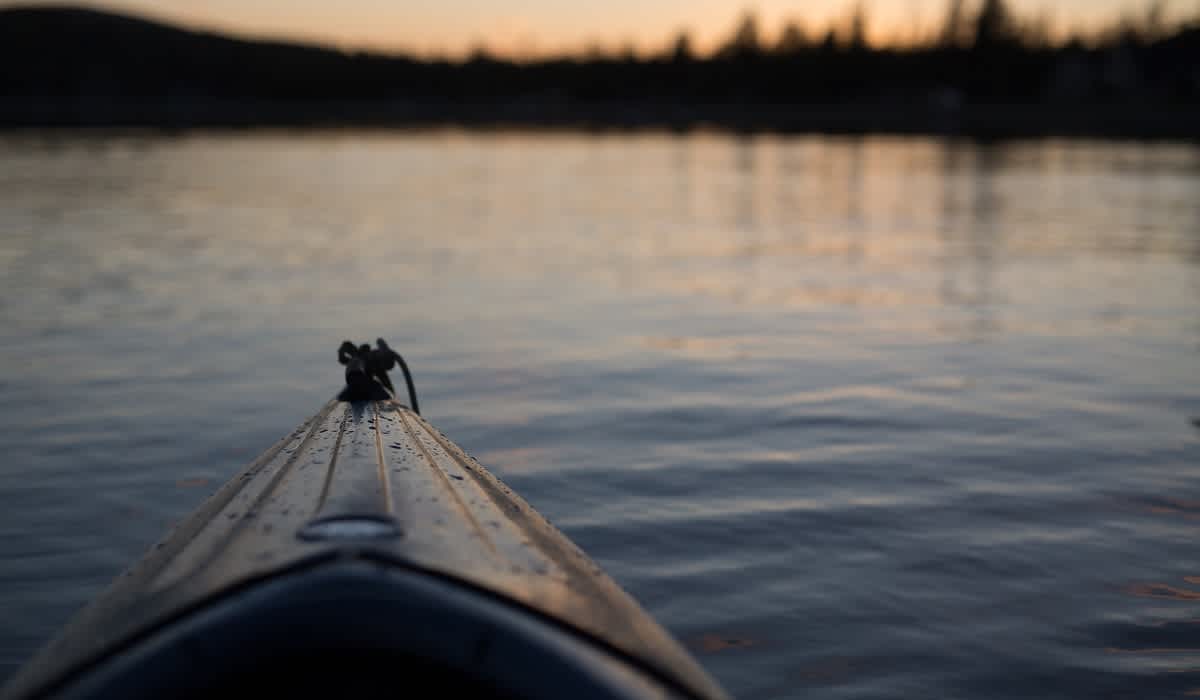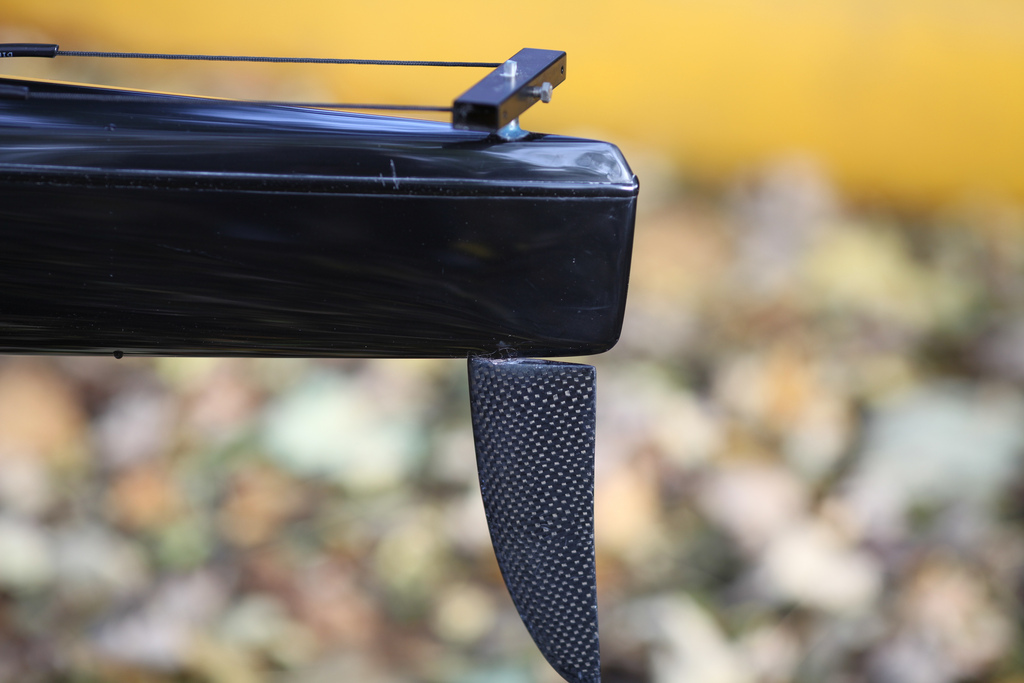Kayak Rudder vs. Skeg: The Great Debate
OutdoorHub Reporters 05.25.18

There have always been debates in the outdoor world – hiking boots or running shoes? Water bottle or hydration pack? And one of the longest running; rudder vs. skeg.
You will never convince a long-time kayaker and rudder enthusiast to use a skeg, and the same is true for anyone on team skeg. Making this even more complicated, some touring or sea kayaks come with skegs, while others come with rudders, seemingly without rhyme or reason.
We’re not here to settle the debate but, instead, provide you with information about both rudders and skegs, their distinguishing characteristics, their purpose, and their overall functionality. That way, you can make an informed decision when it comes to choosing sides on the great rudder vs. skeg debate.
Why are rudders and skegs needed?
Most of the time, your kayak will go straight. Nonetheless, there are a few things that may make it veer off course, including wind, tides, currents, and waves. In those situations, rudders and skegs make paddling that much easier. Your kayak can still go straight without them if you paddle properly, but things do become more straightforward when you use a rudder or skeg.
Another benefit of using either is that your energy expenditure will be lessened. When your kayak is not headed in the right direction, you could capsize or end up traveling further than you intended.
What is a rudder?
Rudders are narrow and long blades that resemble a fin. They come off the stern end of the kayak down into the water and can be moved from side to side. This will affect the water’s flow along the blade and apply a force, turning the kayak in the direction of the applied force. The rudder is operated by foot pedals in the cockpit, so you can sweep it from side to side once it’s been fully deployed.

What is a skeg?
Skegs are also fin-shaped, the only difference is where they’re located. If you flip one over, skegs are found centered on the keel of the kayak. Some skeg models can be retracted when you don’t need to use them, while others are fully incorporated into the boat. You can deploy a movable skeg either fully up or down, but it can’t be deployed sideways.
Pros and cons
As with everything, rudders and skegs have their advantages and disadvantages.
Rudder pros
- Can overcome lack of skills and high winds due to its highly potent corrective component
- Easy for beginners to use and understand
- Can be used to steer the kayak even through windy conditions, or when there is a lack of wind
- Necessary in tandem kayaks, which can be difficult to turn without one
Rudder cons
- Could lead some inexperienced kayakers to rely on them too much, and not learn proper stroke techniques to control the boat
- Some models lead to slack in the foot pedals
- Can be draggier than skegs
Skeg pros
- Less moving parts mean fewer things can go wrong
- No surface area exposed to the wind when it’s not deployed
- When fully deployed it has less drag than rudders
- Feet braces are static, so your feet push harder while paddling and bracing
Skeg cons
- The cable can sometimes malfunction, making it harder to retract or deploy
- The corrective ability is less than in rudders
- The boat can’t be steered without any wind
- Harder to understand, as they are less intuitive
When it comes to choosing between a rudder and a skeg, there is no right choice. You should take your pick depending on your likes and dislikes, and sometimes practice makes perfect.


